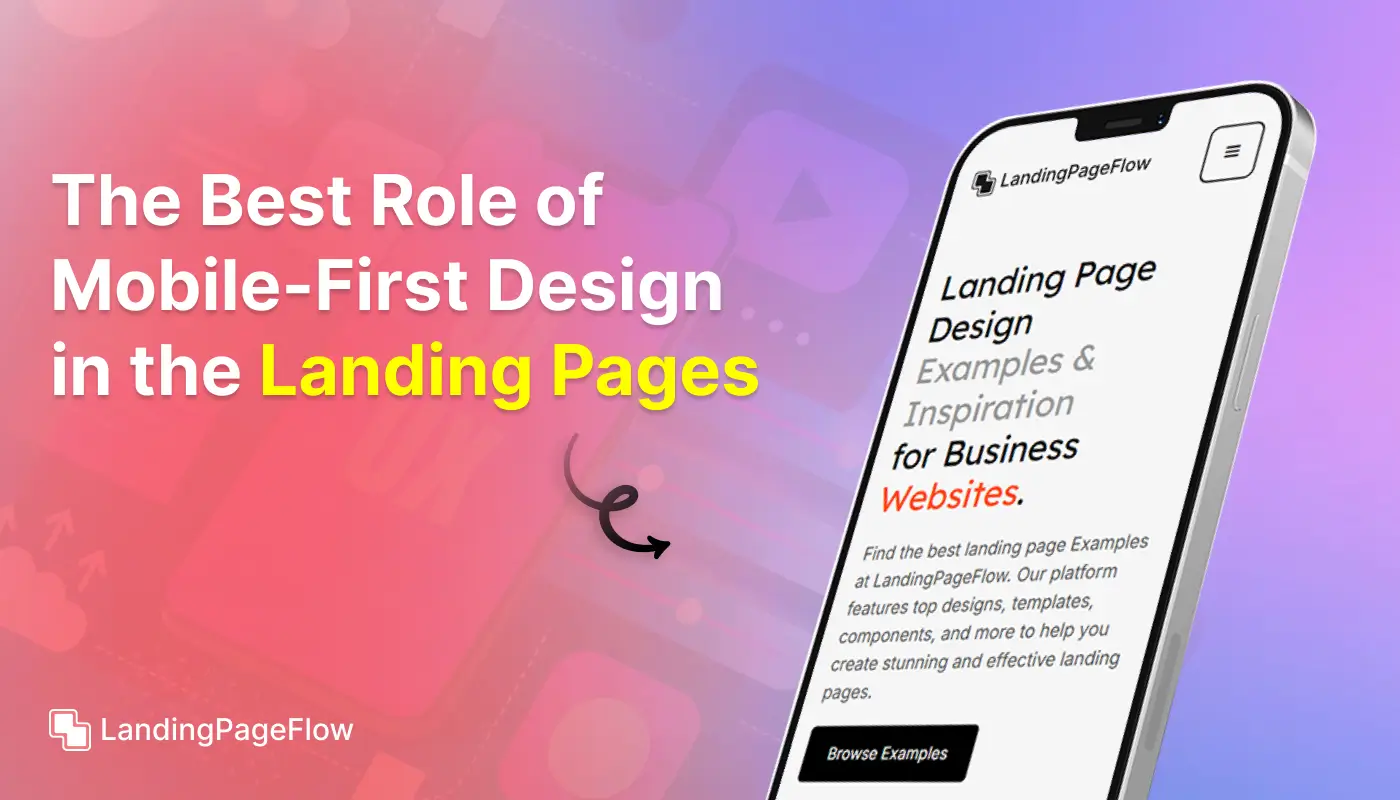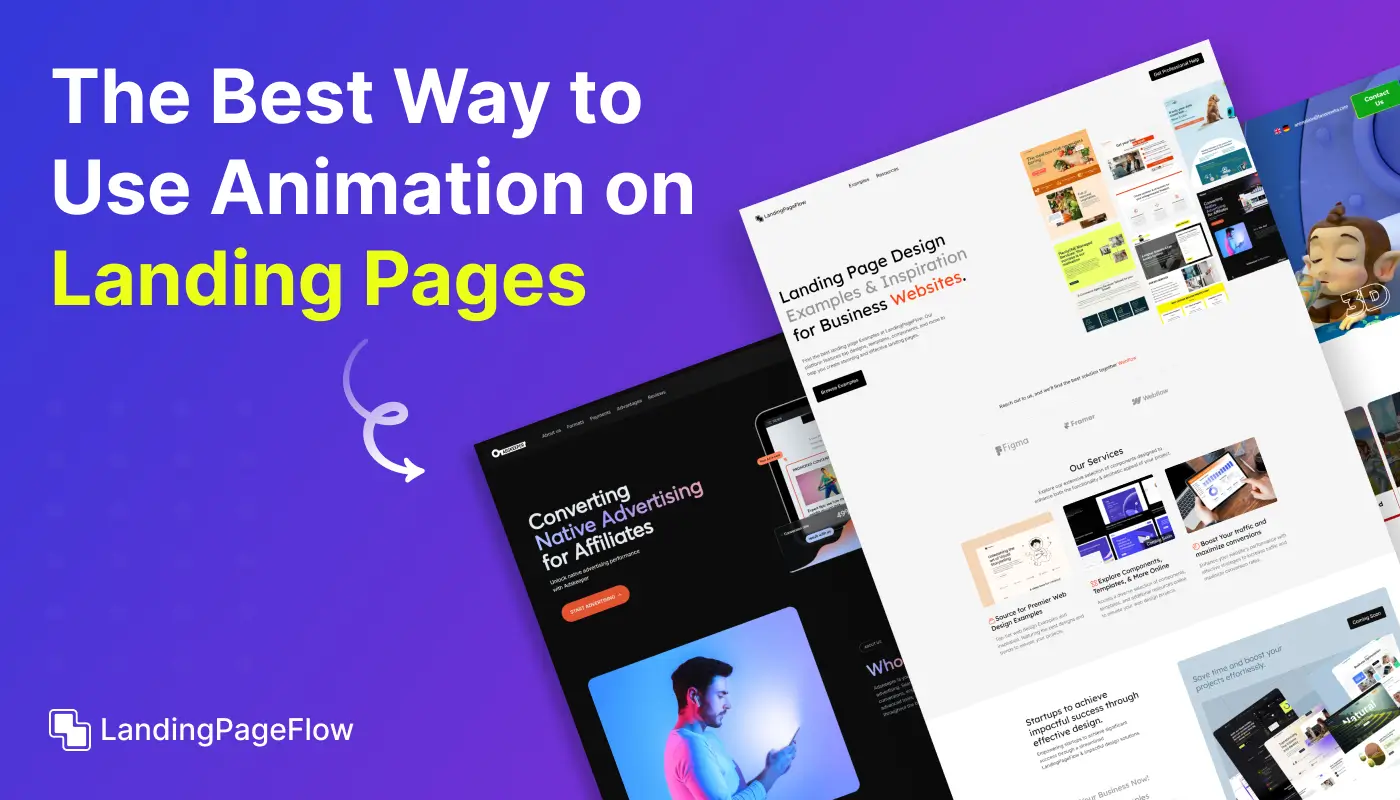How to Optimize Your Startup Landing Page For Maximum Conversions

November 13, 2025
Creating a startup landing page that truly converts requires more than just appealing visuals. Entrepreneurs must focus on a blend of SEO optimization, strong messaging, and user-focused design to capture attention and drive action.
Effective landing page optimization ensures your startup communicates its value clearly, reduces bounce rates, and increases the likelihood of sign-ups or purchases.
An engaging structure that highlights benefits over features helps potential customers quickly understand why your product or service matters.
Clear call-to-actions positioned strategically across the page can guide users toward the desired outcome without overwhelming them. Building trust through testimonials, reviews, or partnerships further strengthens credibility and encourages conversions.
Search engine visibility plays a key role, as a well-optimized landing page not only persuades visitors but also attracts the right audience organically.
"Accelerate customer acquisition through tested landing page tactics.
Request your free conversion-focused strategy call now."
Table of Contents
- Understanding the Purpose of Your Landing Page
- Crafting a Compelling Value Proposition
- Designing For Clarity and Simplicity
- Optimizing Your Call-to-Action (CTA)
- Leveraging Social Proof For Credibility
- Enhancing Page Speed and Mobile Experience
- Personalization and Dynamic Content
- Psychological Triggers to Boost Conversions
- A/B Testing and Performance Analysis
- Retargeting and Follow-Up Strategies
1. Understanding the Purpose of Your Landing Page
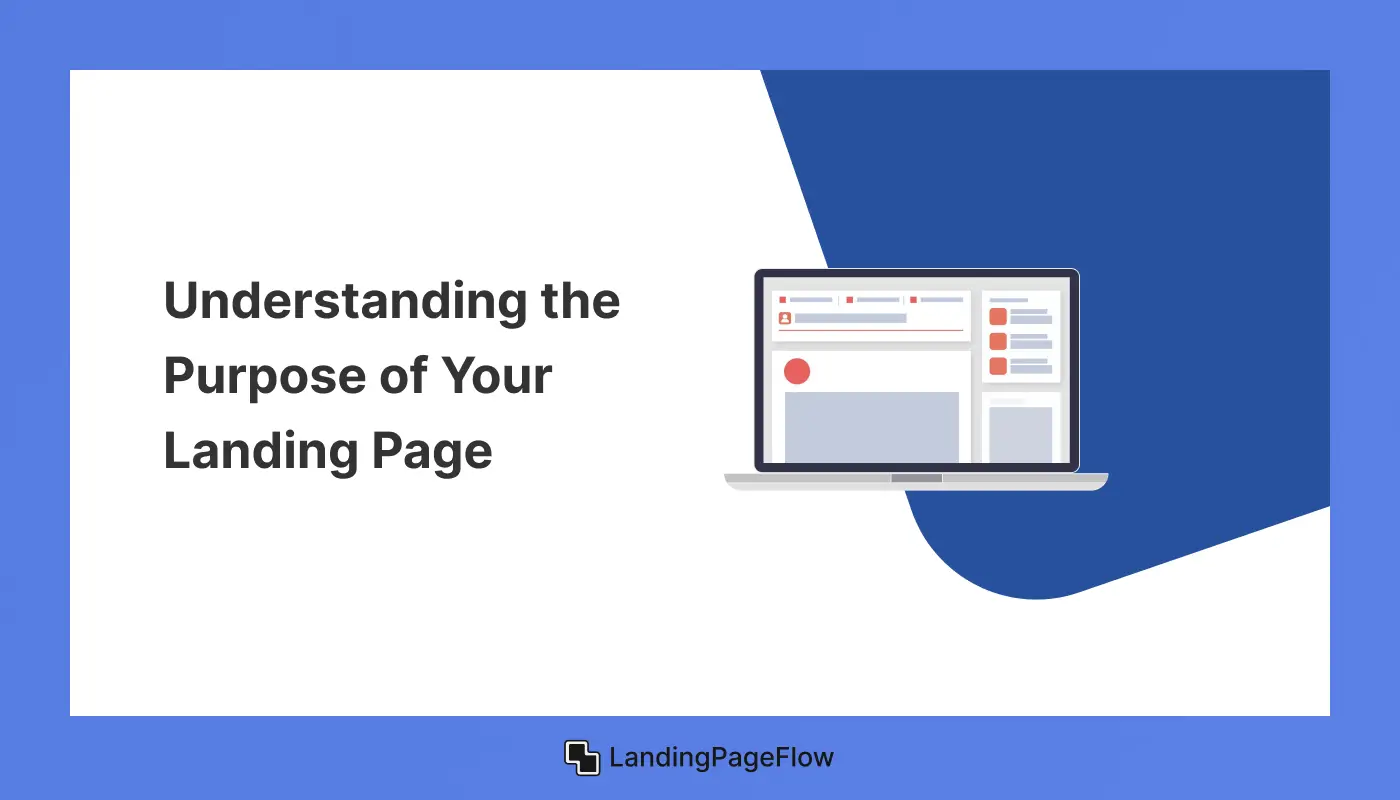
Before diving into optimization techniques, it’s crucial to define the primary goal of your landing page. Is it to:
- Capture leads for an email list?
- Drive sign-ups for a free trial?
- Promote a product launch?
- Book demo appointments?
- Educate visitors about your product?
Having a clear goal will shape your design, content, and CTA strategy. Without a focused purpose, your landing page may confuse visitors and reduce conversions.
2. Crafting a Compelling Value Proposition
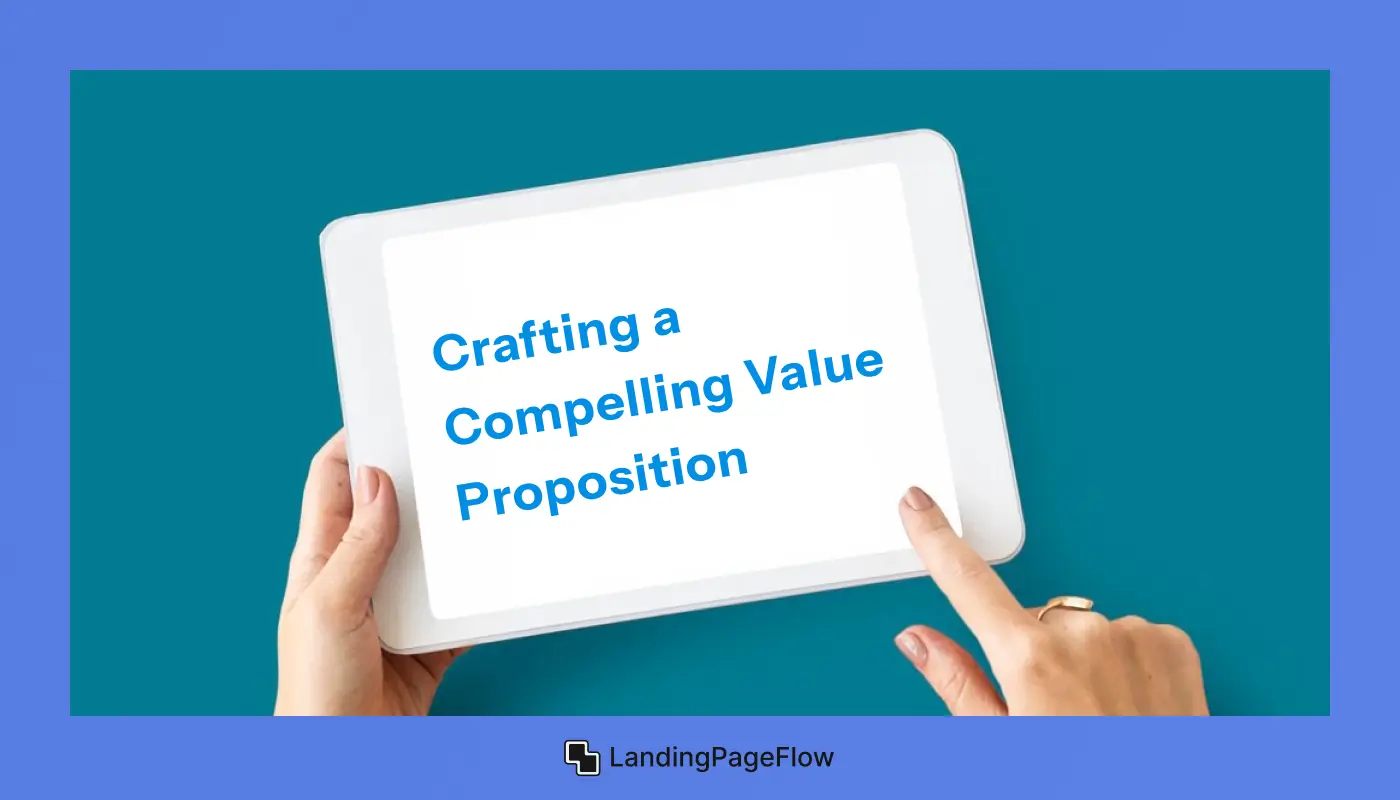
Your value proposition should immediately communicate why your startup is unique and how it solves a problem. Keep it concise and impactful.
Key Elements of a Strong Value Proposition:
- Headline: Clearly state what your product or service does.
- Subheadline: Provide a brief explanation of how it benefits the user.
- Supporting Visuals: Use images, short videos, or animations to reinforce your message.
- Bullet Points: Highlight the top features in a scannable format.
Example:
- Headline: “Simplify Your Workflow with AI-Powered Automation”
- Subheadline: “Save hours every week with our intuitive, no-code automation tool.”
- Supporting Visual: A video demo showcasing the product in action.
A strong value proposition captures interest and encourages visitors to take the next step.
3. Designing For Clarity and Simplicity
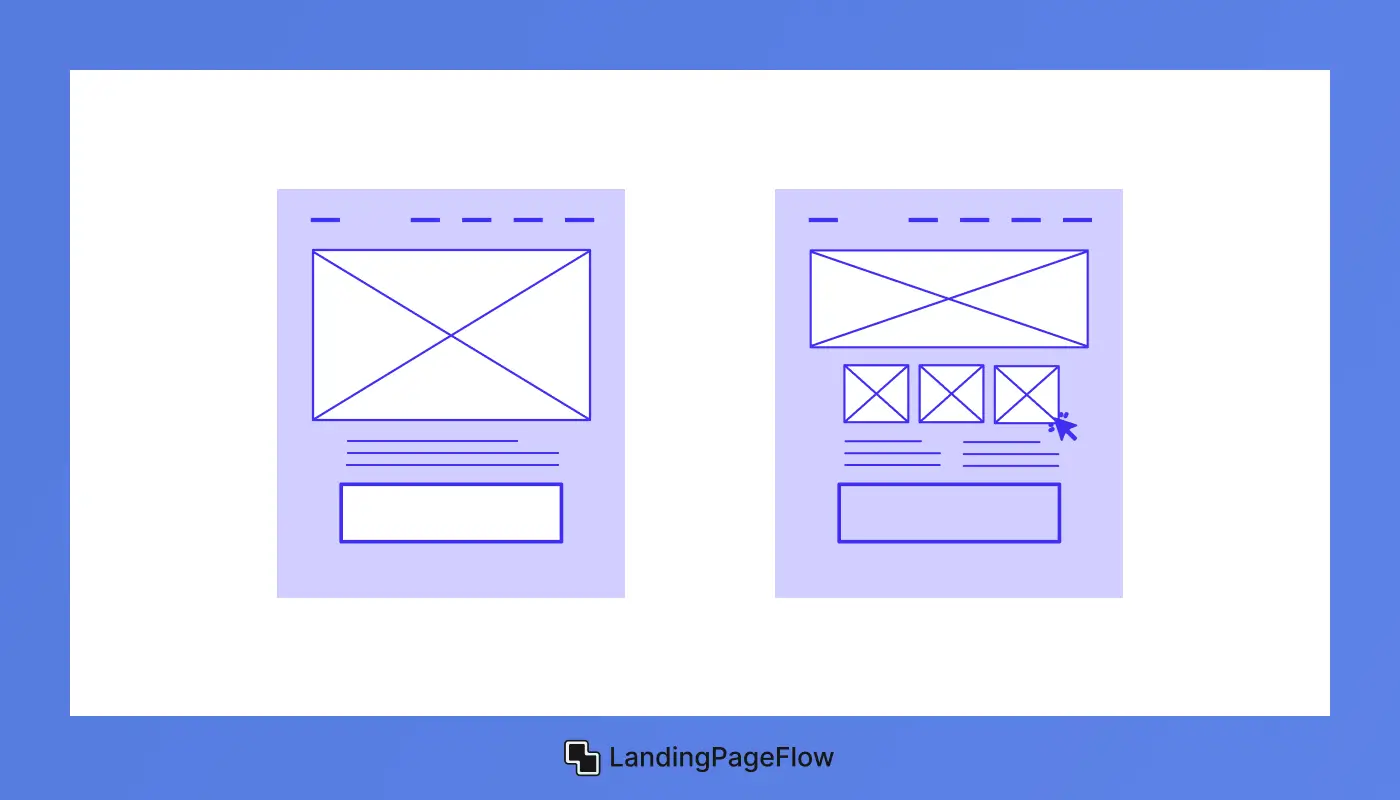
A cluttered landing page can overwhelm visitors and drive them away. Keep your design minimalistic and user-friendly.
Best Practices For an Optimized Layout:
- Use ample white space to avoid visual clutter.
- Maintain a logical flow from headline to CTA.
- Choose a simple color scheme aligned with your brand.
- Use high-quality images and icons that complement your content.
- Ensure consistent typography for readability.
A clean, visually appealing layout improves readability and user experience, making it easier for visitors to focus on the CTA.
4. Optimizing Your Call-to-Action (CTA)
.webp)
Your CTA is the most critical element on your landing page. It directs visitors toward the next step.
Tips For High-Converting CTAs:
- Use action-oriented language: “Start Free Trial,” “Get Early Access,” “Book a Demo.”
- Make the button stand out with a contrasting color.
- Place the CTA above the fold and repeat it throughout the page.
- Reduce friction by minimizing form fields. (e.g., ask only for name and email initially.)
- Add urgency with phrases like “Limited Time Offer” or “Only a Few Spots Left.”
5. Leveraging Social Proof For Credibility
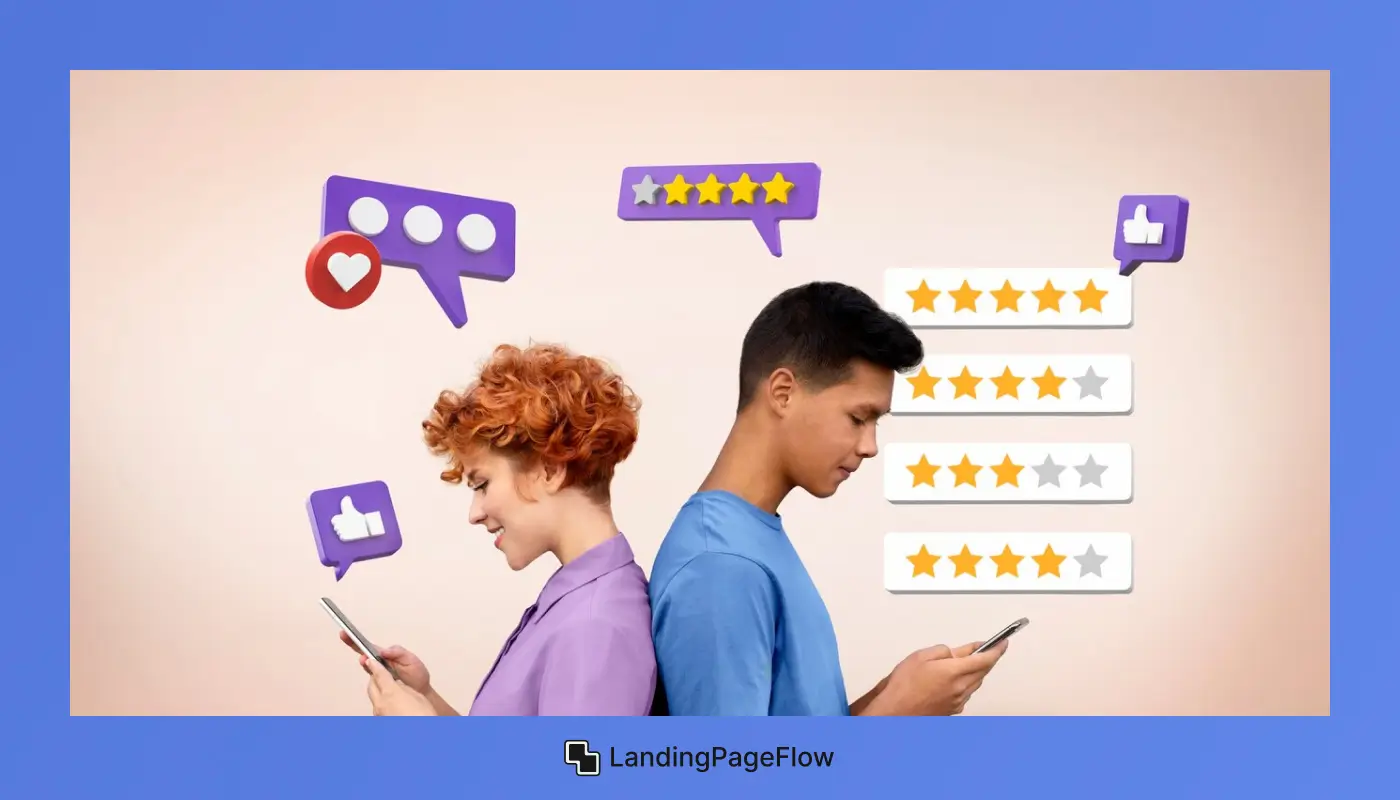
People trust other people’s experiences. Adding social proof can increase conversions by providing reassurance.
Effective Social Proof Elements:
- Customer Testimonials: Feature quotes from satisfied users.
- Case Studies: Show real-life success stories.
- Trust Badges: Display logos of media mentions, partnerships, or security seals.
- User Metrics: Highlight numbers (e.g., “10,000+ startups trust us”).
6. Enhancing Page Speed and Mobile Experience
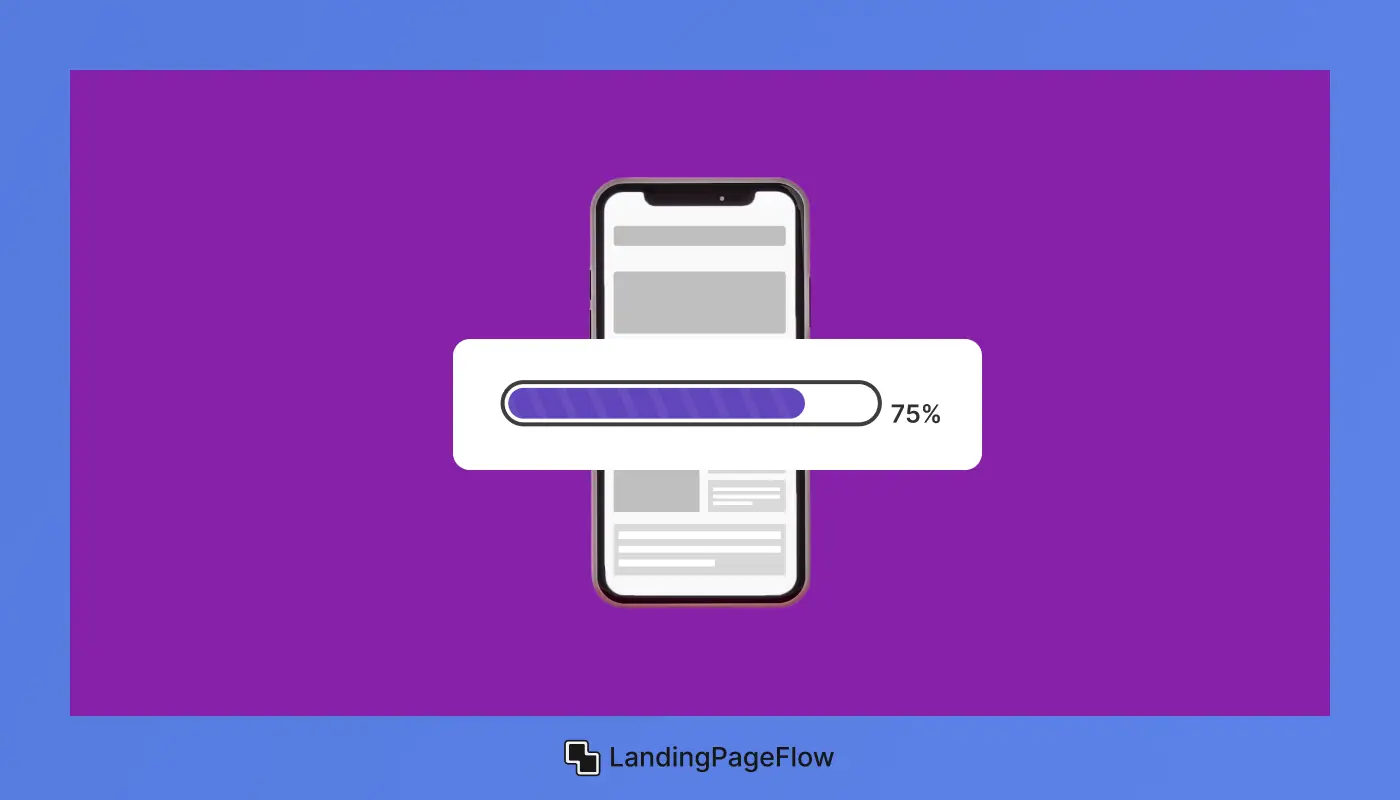
A slow-loading page can frustrate visitors and lead to drop-offs. Likewise, an unresponsive design can drive away mobile users.
How to Optimize Speed & Mobile Experience:
- Compress images and minimize unnecessary animations.
- Use lazy loading to improve performance.
- Test across devices to ensure mobile responsiveness.
- Use Google’s PageSpeed Insights to identify areas for improvement.
7. Personalization and Dynamic Content
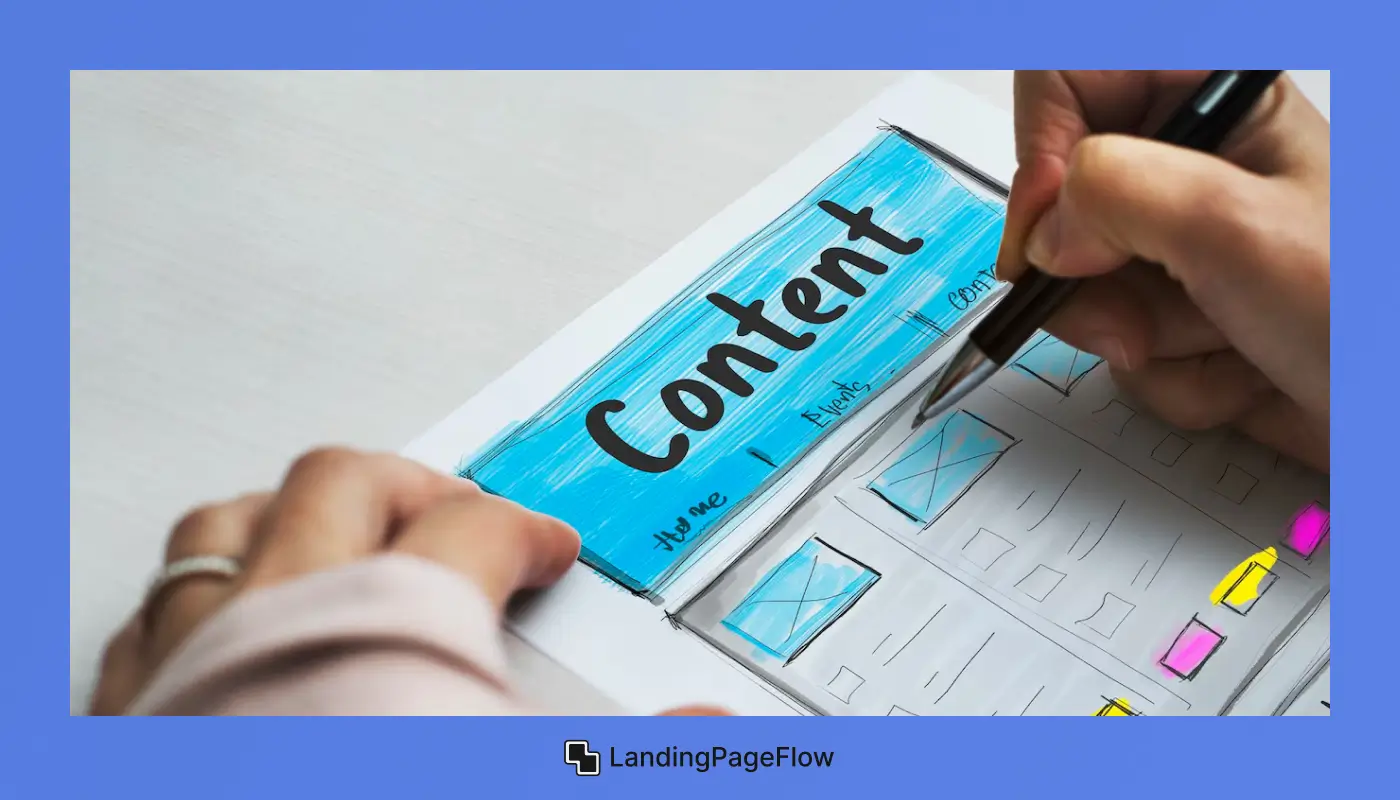
Adding personalized elements can increase engagement and conversions.
Ways to Personalize Your Landing Page:
- Use dynamic text to tailor headlines based on visitor location or behavior.
- Show relevant CTAs based on user intent (e.g., returning visitors see a different offer).
- Use AI-powered chatbots for personalized assistance.
8. Psychological Triggers to Boost Conversions
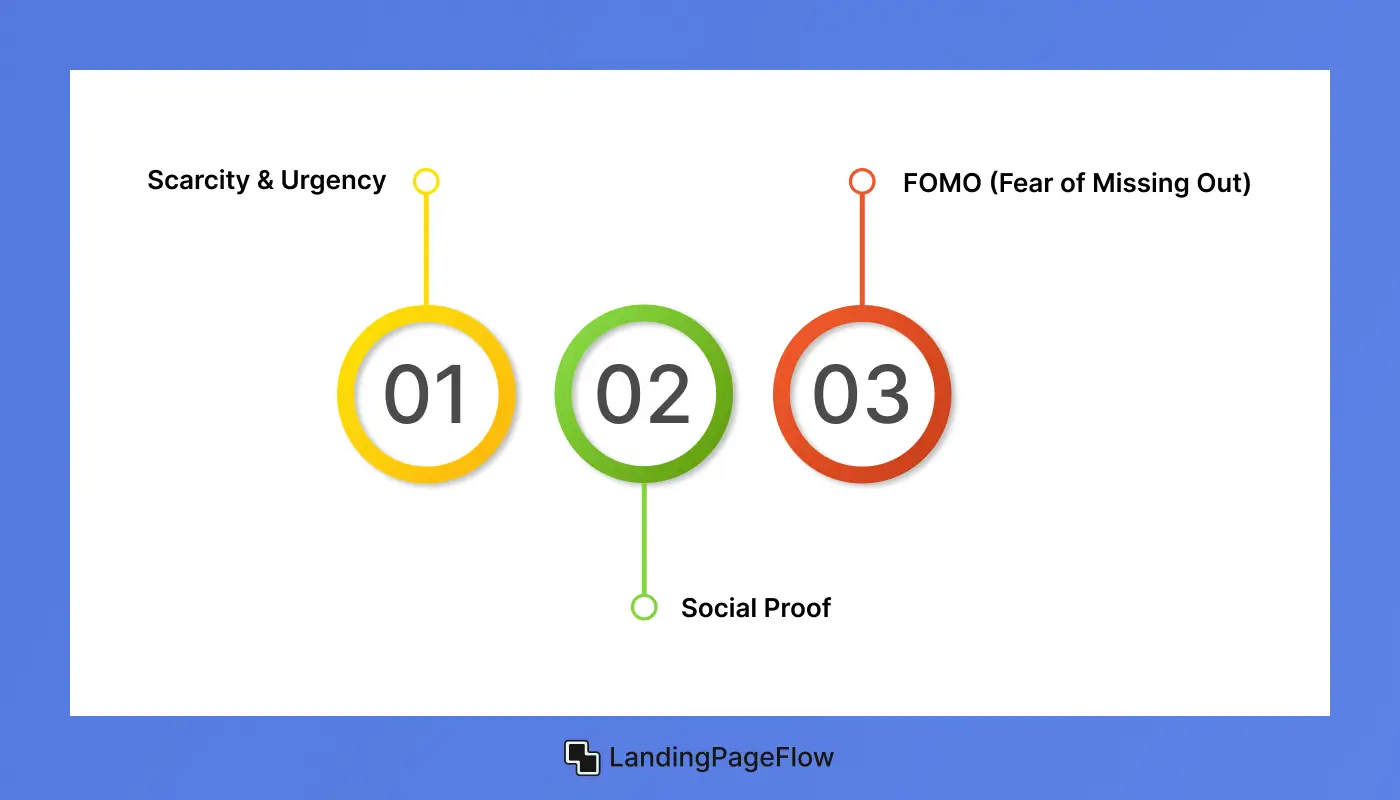
Understanding human psychology can help drive conversions.
Psychological Tactics:
- Scarcity & Urgency: Limited-time offers encourage quick action.
- Social Proof: Seeing others use a product builds trust.
- FOMO (Fear of Missing Out): Highlighting exclusive deals increases conversions.
9. A/B Testing and Performance Analysis
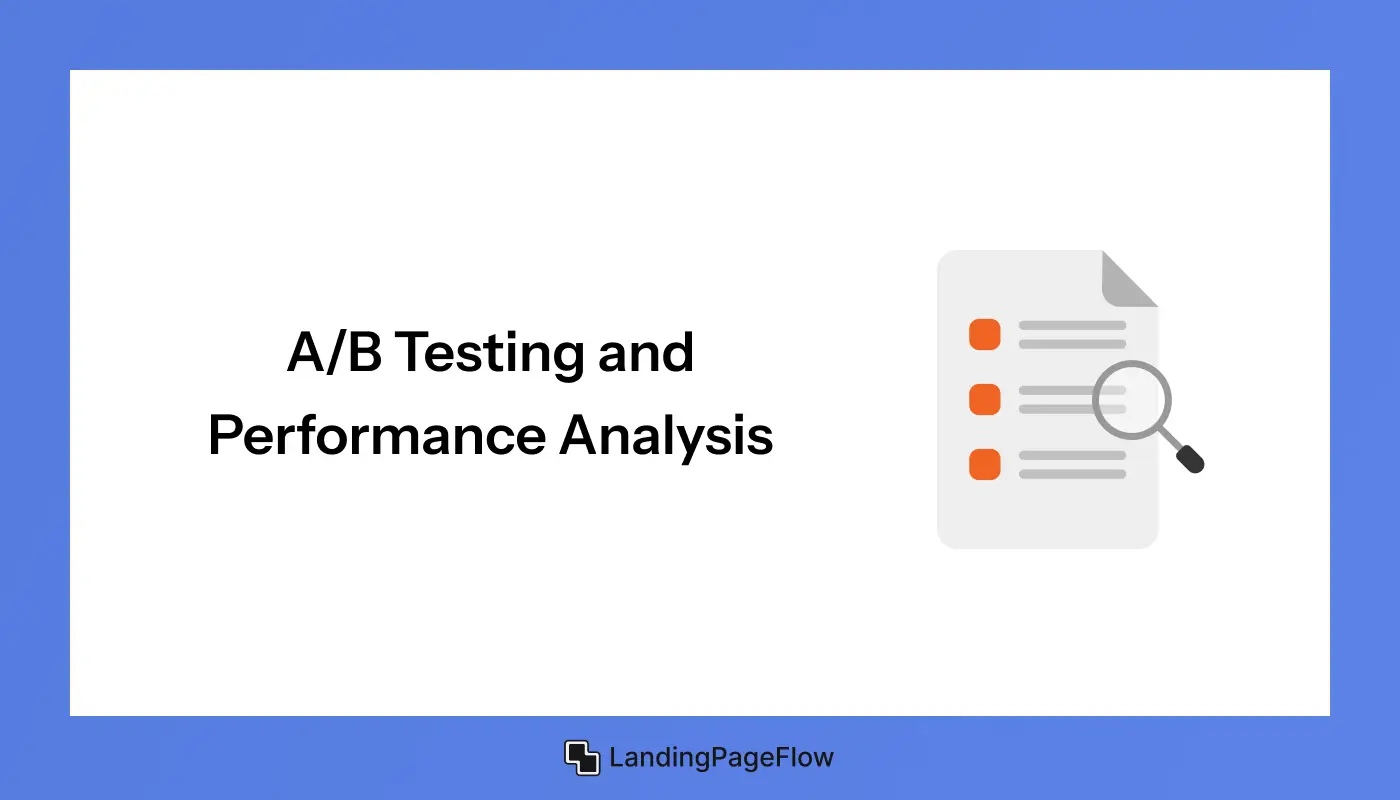
Optimization is an ongoing process. A/B testing different elements helps refine your landing page for better results.
Elements to A/B Test:
- Headlines and subheadings
- CTA placement and color
- Images or videos
- Form length and fields
Use tools like Google Analytics, Hotjar, or Optimizely to track visitor behavior and measure conversion rates.
10. Retargeting and Follow-Up Strategies
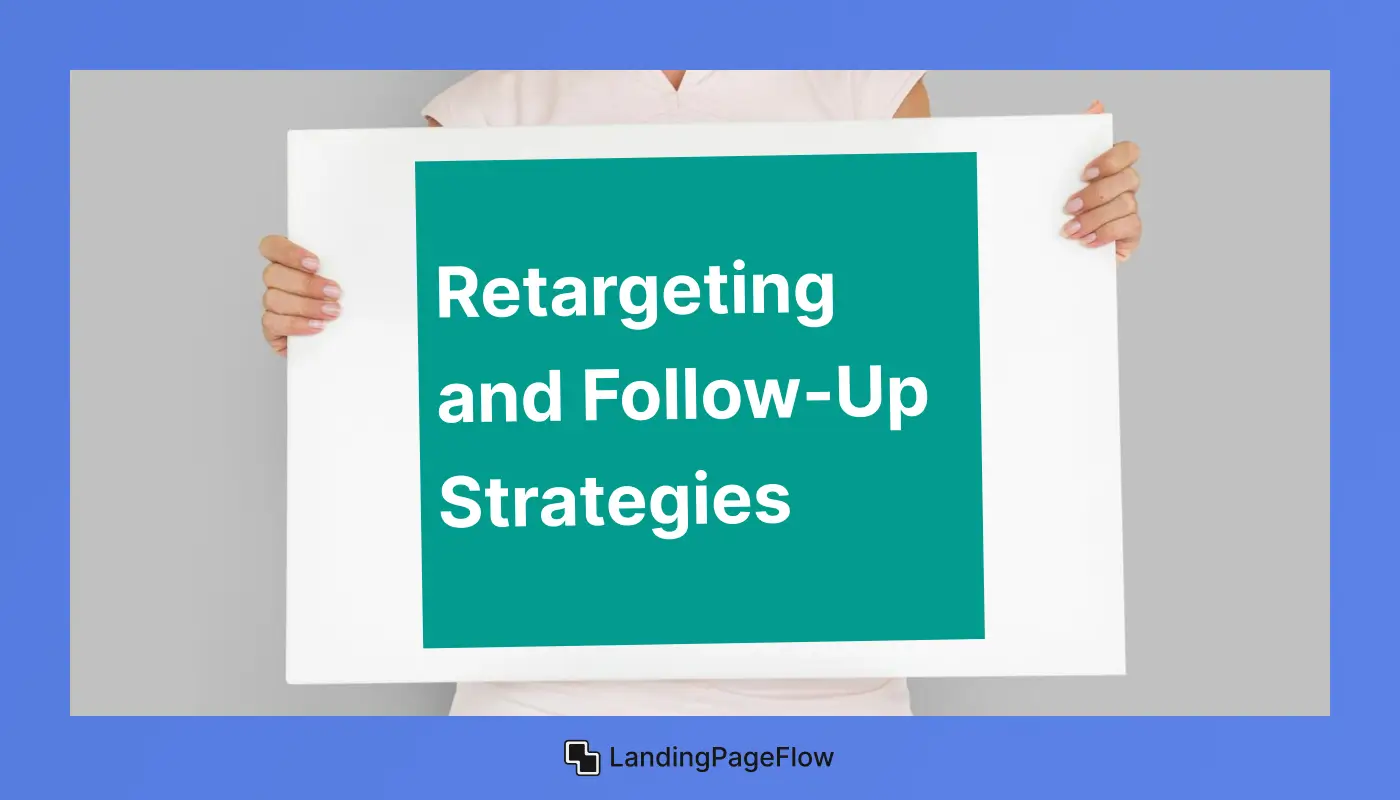
Not all visitors convert on the first visit. Use retargeting to re-engage potential leads.
Strategies for Effective Retargeting:
- Use Facebook Pixel and Google Retargeting Ads.
- Send follow-up emails with exclusive offers.
- Display personalized recommendations for returning visitors.
Conclusion
Strong startup landing page optimization helps you capture qualified leads while enhancing your brand’s credibility. The right structure makes visitors stay longer and engage more deeply.
Search-friendly content paired with fast-loading design elements creates a seamless experience for both users and search engines. Focusing on clarity rather than complexity ensures your core message connects instantly with your audience.
Strategic placement of CTAs can transform curious visitors into active customers. Trust-building elements like reviews and success stories further boost confidence in your brand.
Continuous testing and refining keeps your landing page SEO strategy aligned with evolving market trends. Over time, a well-optimized startup landing page will not only increase conversions but also contribute to sustainable business growth.

FAQ
1. Why is a startup landing page important for conversions?
A startup landing page provides a focused environment that highlights your offer, directs attention to key benefits, and drives visitors toward taking action.
2. How can SEO improve a startup landing page?
Incorporating SEO best practices ensures your landing page ranks higher in search engines, attracting more qualified traffic and boosting conversions.
3. What elements should every startup landing page include?
Essential elements include a clear headline, benefit-driven copy, strong CTAs, social proof, visuals, and mobile-responsive design for better engagement.
4. How do I test if my landing page is effective?
Running A/B tests on headlines, CTAs, and layouts helps identify which elements deliver the highest conversion rates for your target audience.
5. Can design really influence startup landing page conversions?
Yes, intuitive design enhances user experience, builds trust, and guides visitors smoothly toward the desired action, resulting in higher conversions.
6. What is the biggest mistake startups make on landing pages?
The most common mistake is overloading the page with information instead of focusing on a simple, compelling message that aligns with user intent.
















